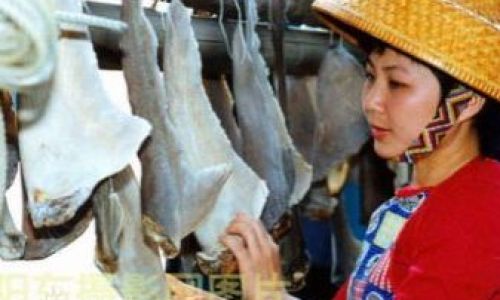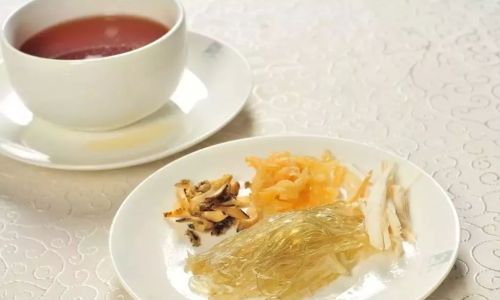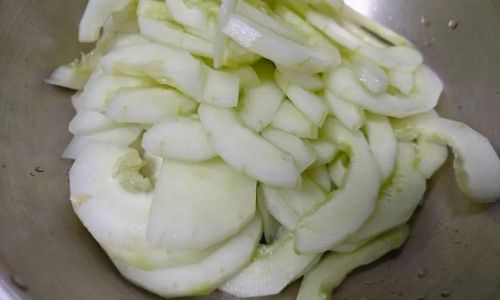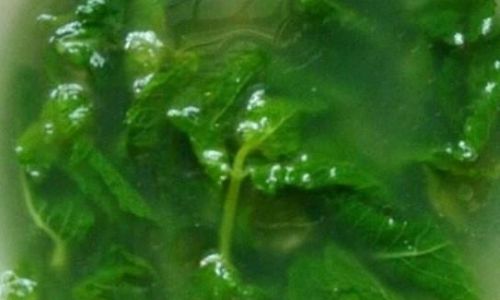Introduction
Shark fins, a delicacy in many cuisines, are prized for their unique texture and ability to absorb flavors. However, preparing them requires precision, especially when dealing with smaller varieties. Unlike larger fins, which may have thicker collagen layers, small shark fins demand a delicate approach to avoid over-soaking or under-hydrating. This article delves into the scientific and culinary principles behind rehydrating small shark fins, ensuring they achieve the perfect balance of tenderness, elasticity, and flavor absorption. Whether you’re a home cook or a professional chef, mastering this technique will elevate your dishes to gourmet standards.
Understanding Shark Fin Structure
Before diving into the process, it’s crucial to grasp the anatomy of shark fins. Shark fins consist of ceratotrichia—protein filaments made of collagen—which give them their characteristic texture when cooked. Smaller fins, often sourced from juvenile sharks or specific species like the blue shark, have thinner filaments. This structure means they rehydrate faster than larger fins but are also more prone to becoming mushy if mishandled. The goal is to break down the dry, brittle collagen into a supple, gelatinous state without compromising the fin’s integrity.
Materials Needed

- Small dried shark fins (preferably 3–5 inches in length)
- Cold, filtered water (avoid chlorinated tap water)
- A large glass or stainless-steel bowl (non-reactive materials prevent metallic tastes)
- A plate or plastic wrap (to weigh down the fins)
- Optional: baking soda, lemon slices, or ginger (for odor neutralization)
Step-by-Step Rehydration Process
Initial Inspection and Cleaning
Examine the fins under bright light. Small fins may have residual sand, scales, or membrane fragments. Gently brush them with a soft toothbrush to remove debris. Avoid rinsing yet, as premature water exposure can harden the collagen.
The First Soak: Cold Water Immersion
Place the fins in the bowl and cover them with cold water (40–50°F/4–10°C). The water-to-fin ratio should be 8:1 to ensure full submersion. Use a plate or plastic wrap to keep the fins fully submerged. Refrigerate for 12–18 hours. This slow cold soak begins to rehydrate the outer layers without shocking the collagen.
Draining and Rinsing
After the initial soak, drain the water. You’ll notice the fins have softened slightly but remain stiff. Rinse them under cold running water to eliminate impurities released during the first phase.
The Second Soak: Gentle Warming
Fill the bowl with fresh cold water and heat it gradually to 100–110°F (38–43°C). This warm soak accelerates collagen breakdown. Maintain this temperature for 6–8 hours. Check periodically to ensure the water doesn’t exceed 120°F (49°C), as heat above this threshold can denature proteins too quickly, resulting in a mushy texture.

Odor Neutralization (Optional)
Shark fins can emit a fishy aroma during rehydration. To mitigate this, add 1 teaspoon of baking soda per gallon of water during the second soak. Alternatively, boil a separate batch of water with sliced ginger or lemon peels, cool it, and use it for the final rinse.
Final Soak: Cool Down and Stabilization
Return the fins to cold water (40°F/4°C) for 4–6 hours. This step equalizes moisture throughout the fin, preventing a soggy exterior and dry interior. Change the water every 2 hours to maintain freshness.
Testing for Doneness
A properly rehydrated fin should bend without breaking and snap back slightly when released. Press a fin between your fingers—it should feel firm yet pliable, like cooked noodles. If the center remains stiff, extend the final soak by 2–4 hours.
Storage and Pre-Cooking Preparation
Drain the fins and pat them dry with paper towels. Store them in an airtight container in the refrigerator for up to 3 days, or freeze for 3 months. Before cooking, trim any remaining membrane or cartilage with kitchen shears.
Common Mistakes and How to Avoid Them

- Over-Soaking: Exceeding recommended times leads to a gelatinous mess. Use timers and stick to temperature guidelines.
- Using Hot Water Initially: Hot water shocks the collagen, creating an uneven texture. Always start cold.
- Ignoring Odor Control: Fishy smells can permeate the fins. Use baking soda or aromatic ingredients during soaks.
- Skipping the Final Cold Soak: This step ensures even hydration. Never rush to cook immediately after the warm phase.
Advanced Tips for Culinary Excellence
- Flavor Infusion: Add kombu (dried kelp) or chicken broth to the final soak for subtle umami notes.
- Texture Enhancement: For a chewier finish, reduce the final soak time by 2 hours. For silkier fins, extend it by 1–2 hours.
- Sustainability Note: Opt for farmed or certified sustainably sourced fins to protect shark populations.
Troubleshooting Guide
- Fins Still Tough: Soak in warm water (100°F/38°C) for an additional 2 hours, then test again.
- Mushy Edges: Reduce the warm soak duration by 1–2 hours next time.
- Cloudy Water: Change water more frequently during soaks to prevent bacterial growth.
Conclusion
Rehydrating small shark fins is a blend of patience and precision. By respecting the delicate balance of time and temperature, you transform a desiccated ingredient into a culinary treasure. Whether used in soups, braises, or stir-fries, perfectly rehydrated fins add a luxurious touch to any dish. Remember, the key lies in gradual rehydration, meticulous cleaning, and vigilant monitoring. With practice, you’ll master this age-old technique, ensuring every bite delivers the sought-after texture and flavor that make shark fin a cherished delicacy.






0 comments